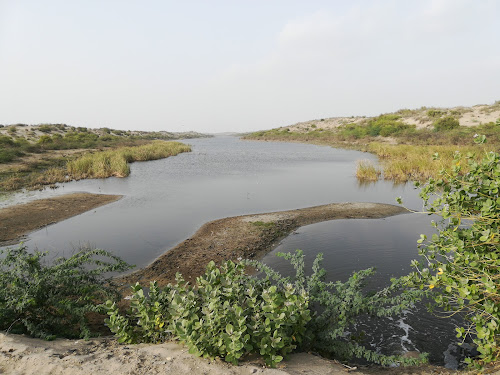
The author had visited Sanghar district during 1990s in connection with building Chotiari Reservoir in Makhi Lake area where she learnt about Hur Rebellion and met Khalifo Variyam Fakir and other disciples of Pir Pagara.
Afghanistan’s former President Ashraf Ghani, who was then Resettlement Specialist of WB had also visited the Chotiari area.
By Jayantha Perera
From 1991 to 1996, I was the Socio-Economist of the World Bank’s Indus River Left Bank Outfall Drain Project in Sindh Province of Pakistan. The Pakistan Government in 1994 proposed to the World Bank to build a reservoir in the swamp-filled depression called Makhi Dhand in central Sindh. The project objectives were to encourage irrigated agriculture among scattered, mobile communities and to develop one of the most backward areas in Sindh. The name of the proposed reservoir was Chotiari, and my task was to conduct a socio-economic survey among the affected communities and prepare a resettlement and income improvement plan.
In early 1995, Ashraf Ghani, a resettlement specialist of the World Bank (who later became the President of Afghanistan), visited the project area on a mission. I met him at Sanghar, a local town not far from Makhi Dhand. Ghani had brought several pieces of hand-held GPS machines. I was mesmerized when he demonstrated how to use GPS to record houses, farms, small ponds, and patches of forest. The field team, Ghani, and I traveled to the Chotiari area by two four-wheel drive jeeps, mainly through high savannah grass.
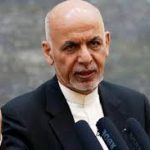
Upon arrival, Ghani called an impromptu meeting in the shade of the only tall tree in the vicinity. From there, we could see only about ten meters because of the savannah grass that surrounded us. It was a sunny hot day. At two o’clock in the afternoon, the temperature was about 50 centigrade. I was afraid that I might catch the laughing sicknesses – heat attack on jaw movements creating an impression of a laughing person. After the discussion, Ghani wanted to know roughly how many households would be affected by the reservoir. The local irrigation officials were clueless. Then he asked them how many families were in the settlement where we stood. The officials talked to each other but could not even provide an estimate. Ghani climbed the tree with his shoes and scanned the surrounding area. He came down and declared that the village where we were might have about 35 households (after the survey, the final tally of the affected households was 38). We spent an hour discussing the main topics of the socio-economic study and how to deal with non-titled farmers’ claims and absentee landlords in our survey.
After the meeting, I drove back to Hyderabad with Ghani. We discussed the history of Makhi Dhand and its role in various anti-colonial uprisings, its relationship with Afghanistan during the Kalifat movement in Sind. He was happy that he could help the most miserable and backward community in Makhi Dhand escape poverty and marginalized life. I told Ghani that I would stay in the project area with the field team for three weeks. He cautioned me to be safe from dacoits who kidnapped people for ransom.
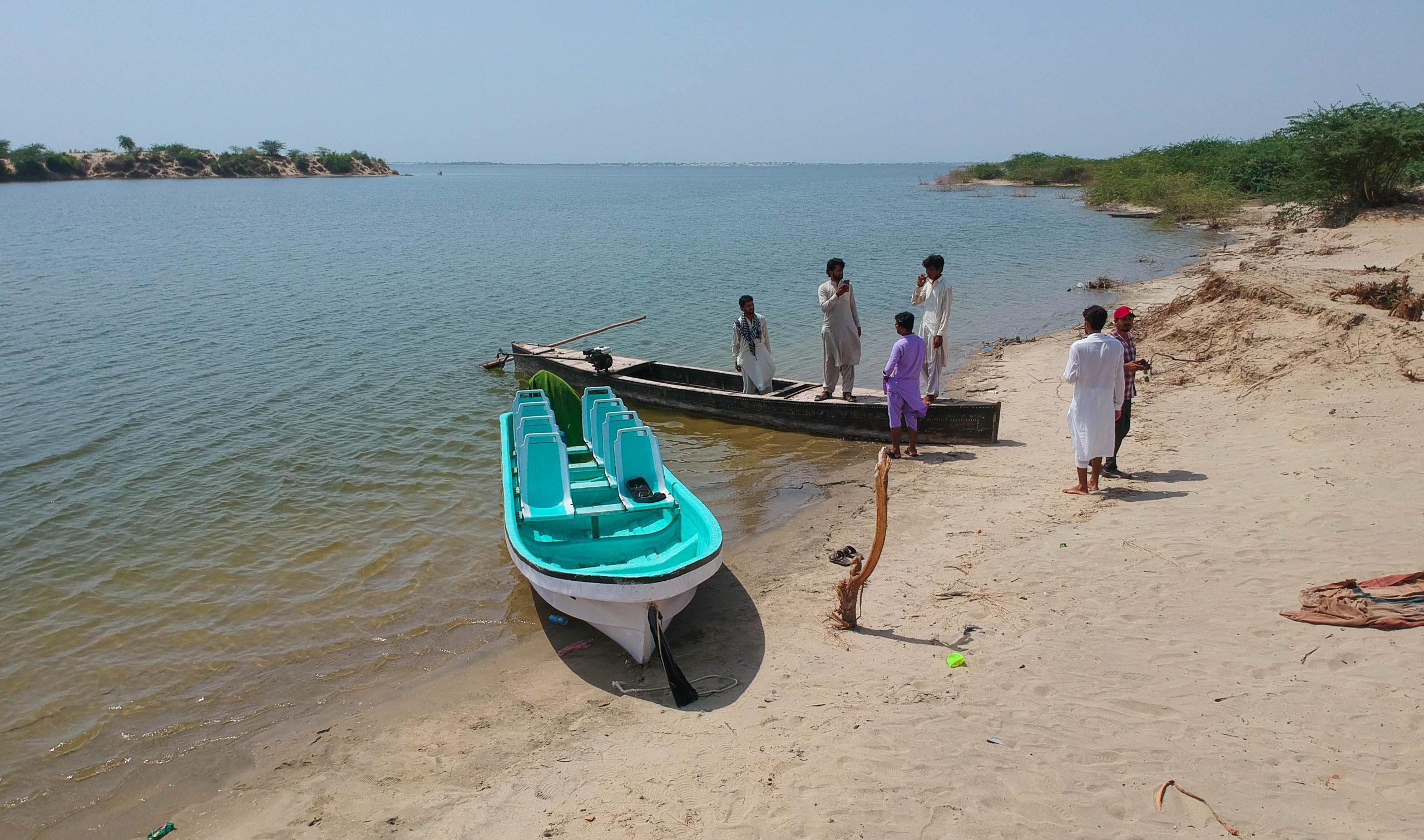
Sir Edward Cox, in 1909 said that notorious criminals found refuge in its secret recesses because villagers were in sympathy with those ‘Robin Hoods’ and supplied food and other necessities. In 1995, Makhi Dhand had the same notoriety. Then it was known as the breeding ground of dacoits and other ‘miscreants.’ The households were scattered in far apart settlements, and settlers were subsistence farmers and herdsmen. There were no schools or a hospital in Makhi Dhand. The settlers had to go to the nearest town Sanghar for medical help.
The survey team stayed at a semi-abandoned guest house built in the 1890s. The house did not have doors or windows and was built on the principle of cross ventilation. There were two dirty punkas (cloth fans) hanging from the roof in a bedroom and dining area. A cook and a punka vallah (fan operator) arrived from Sanghar to serve us. The punka vallah was a lazy man and pulled the fans for us for about two hours just after dinner. As a result, we suffered through the night the unbearable heat, mosquitos, and other insects. The punka vallah disappeared soon at 10 pm and re-emerged only in the morning. The cook was a fine man with a Sindi cap and a well-preened large mustache. He dressed differently from the punka vallah. He served us parathas with fried okra and local fish for all three meals.
The survey team members were from Sanghar town and knew important personalities in the project area. One of them was the Pir, who lived in Chotiari. His name was Variyam Fakkir. Variyam told me that although people treated him as a Pir, he was only a second-tier Sufi saint who had not yet reached the full Pirhood. He was a religious and political leader. People in the area venerated him as a Sufi saint. He occupied a large land area in Chotiari, and his followers cultivated the land as his haris (tenants).
In the mid-19th century, Pir Wazir claimed that he was a direct descendant of holy men in Arabia. They were the members of the Sufi faction of Islam. He organized the residents in Makhi Dhand and Thar Pakar desert into a close-knit brotherhood called Jamiat. The Jamiat had two tiers: salims – the ordinary people who venerated the Pir and depended on him for their subsistence; second, farqis – diehard Pir followers who formed an anti-colonial revolutionary group called ‘Hur.’ Hur membership in the early 20th century spread to Thar Pakar desert, Maharashtra, Rajasthan, and Bengal. At that time, devoted landowners and big cattle herders in rural Sind supported the movement. Such supporters were known as khalifas.
Variyam’s great grand uncle in the 1910s and his grand uncle in the 1940s had led the Hur revolts against the British and served long jail sentences. His grand-uncle, Pir Pagaro, went to the gallows in 1943 for high treason. After the Independence of Pakistan, salims and farqis joined together, dropped their resistance to the state, and became settled farmers and cattle herders. Variyam became a strong ‘vote bank.’ No regional or national political party could ignore him in local and general elections.
The residents in the Chortiari project area were proud people. They delighted in talking about their past adventures and bravery, including their century-long resistance (1850 to 1948) to British administration, especially to its Police and armed forces. The residents ascribed their current rampant poverty and marginalized status to the imposition of the Criminalized Tribes Ordinance in 1871. The British used the law and its regulations to control the Hur movement, restrict residents’ freedom, control Pirs, and destroy their property, crops, and animals.
After sunset we lay on charpoys (cots) in Variyam’s compound and listened to his breathtaking stories while drinking hot tea and munching local sweets. We were happy to lie down on charpoys (cots) with rough hemp ropes interwoven into small squares to enjoy the cool desert breeze. After sunset, the compound was dark and we could not see each other. I was scared of dacoits and I thought that they would emerge from the tall grass to kidnap us. Variyam assured us that nothing would happen to us because we were his guests.
In the evenings, a giant comet covered a part of the dark sky. Variyam interpreted its presence as a bad omen and predicted that India might attack Pakistan. He wanted to know when the Chotiari reservoir would be built. Variyam lamented that the construction of the tank would wipe out old archeological ruins and the thick forest cover that sustains local communities for many centuries. He wanted to know our “genuine” thoughts about the proposed reservoir. He told us that he could stop the project overnight by calling his followers to boycott the survey. He laughingly said that dacoits might kidnap me for a ransom of Rs one million because that was the prize the dacoits would demand for a kidnapped foreigner.
I explained to Variyam that when irrigation water is supplied from the reservoir, the people could form into settled agricultural communities. Irrigation water supplies would enable them to cultivate at least two crops a year, giving them a regular household income throughout the year. As part of the project, I told him that basic facilities such as roads, schools, and hospitals would be constructed. Each evening, he repeated his concerns about the state encroachment into the Hur territory. He explained that the British established permanent settlements under the 1871 Act by bringing loyal tribes and communities from Punjab, Rajasthan, and Bengal. In addition, the movement of original inhabitants was restricted, and army posts were erected to supervise them. In some locations, villagers were relocated into new settlements. They could not leave without a pass, and the army roll-called twice daily to check their movements. The justification for such draconian rules was to prevent evil characters from visiting the rebellious Hurs. He wondered whether the same would happen to the Hurs with the World Bank project.
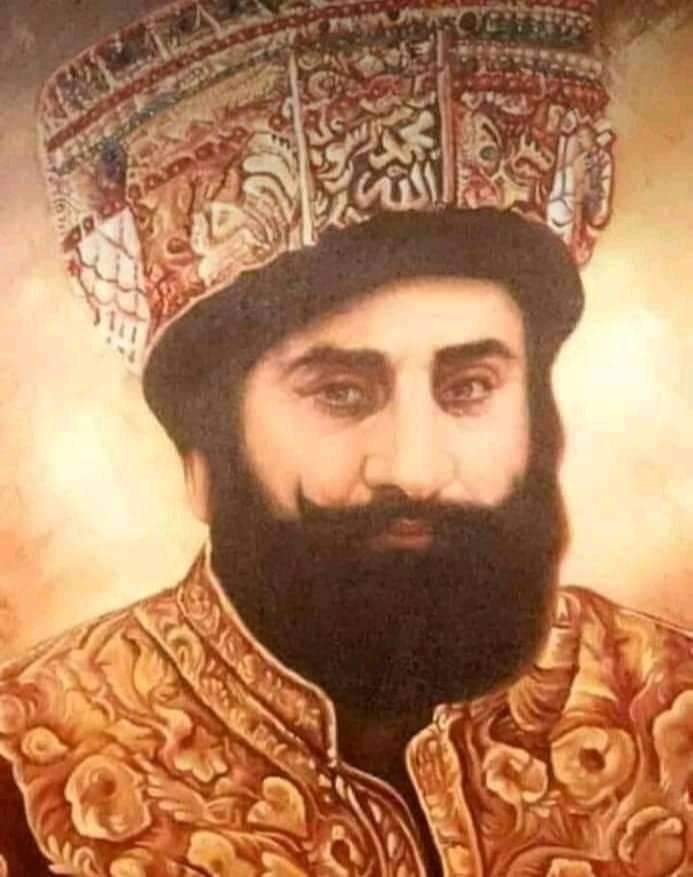
Variyam loved to dramatize from his charpoy how his grand-uncle, as a 12-year boy, led the Hur uprising in the 1930s. In the 1920s, the British found it difficult to maintain law and order in Makhi Dhand. His grand-uncle and followers openly challenged the British rule in Sind. He imitated how the cannons boomed and the sound of firing machine guns. The Delhi Government dispatched platoons of soldiers to Sind to control chaos and Hur attacks on Police stations and government offices. The young Piro Pagaro organized his followers in Thar Pakar and in central Sind and continued to harass the government until the British captured him in 1927. Ali Jinnah, a famous lawyer from Bombay (the future founding father of Pakistan), defended him at a session court in Karachi. He pointed out to the judge that with the imposed draconian laws, the Hur people could not live in Makhi Dhand as ‘human beings.’ The court sentenced the young man to eight years in prison.
When released from prison in 1936, Pir Pagaro rekindled the revolutionary zest among his followers and declared war against the British. The British declared martial law in 1942 and introduced the ‘Special Hur Act’ to deal with ‘miscreants’ under the martial law. Variyam told us that the army and the air force did not spare even their pots and pans after dynamiting and looting their communities. They raided their cattle and goats and stole their gold jewelry. He could not continue his talk as he was distraught, and on several occasions, he wiped his eyes with his shawl. He told us with a broken voice that the British hanged the Pir in 1943 at the Hyderabad jail with several other Hur leaders.
We walked to village settlements with a local guide through tall savannah grass. At some settlements, there were only three or four households. They were poor and hardly had any food at home. Questions about their income, expenditure, and livelihoods did not make sense to them. Most residents wanted to believe that they were pastoralists who moved from one place to another with their cattle. They pointed out that the idea of land ownership is alien to their culture.
Most villagers first refused to talk to us, but when we told them that we were their Pir’s friends, they accepted us and responded to our questions. A man told us not to waste time visiting houses because each household had the same story of poverty, discrimination, and wounded pride. Several old people were waiting for the second coming of Pir Pagaro, who sacrificed his life to redeem the Hurs from their agony and destitution. In that context, they were worried about development programs that the project planned to start in the area with the involvement of the state and the World Bank. One man told us that a descendant of Pir Pagaro in the future would bring sweeping changes including independence and economic prosperity to Makhi Dhand. He opined our patchwork of development might betray his grand plan.
The government officials, who had refused to join the survey, told us that the residents including Variyam did not own any land in the area. The British had confiscated all Hur land under martial law in the early 1940s. In this context, they queried why the state should compensate for the land taken from Hurs for the reservoir. This was the critical issue that I had to deal with in formulating the resettlement and income improvement plan.
One day, I completed an interview with a family before four pm in a remote settlement. I waited with the translator for other team members to return to walk back to the guest house about seven miles from that location. Two unknown young men emerged from the forest and walked towards us. They talked to the translator for a few minutes. Then they approached me and asked what was I doing in their settlement? The translator translated the question and winked at me. I did not know why he winked at me. I told them that we were doing a survey before building a reservoir in the area to irrigate their fields.
One man raised his voice and asked me, “Have you obtained our permission to build a tank on our land?”
“Yes, we have already talked to your Pir and several settlers, and they think the project would be beneficial for them,” I told him.
“But you did not talk to us about the reservoir?” He retorted.
“It is our plan to talk to all households before planning the reservoir,” I told him.
The two men talked again with the translator.
The translator told me, “please be careful with these two fellows. They can harm us.”
I smiled and asked him, “Where are their guns if they are dacoits?”
My response annoyed the translator. He talked to the two men again. All three laughed, and one man went to a nearby hut and came back with an AK-47 rifle.
The translator told me, “didn’t I tell you to be careful. Now they have an AK-47 rifle. They can take us wherever they wanted to go. Especially they might like to take you with them to get a ransom.”
Fortunately, at that time, the other team members returned. One of them recognized one of the two men. They talked to each other and shook hands. Before leaving us, the gunmen told me through the translator, “Do not roam in our area after two pm.” I asked him why. The translator said that “dacoits get active then, and you might meet them on the road as you did this afternoon.”
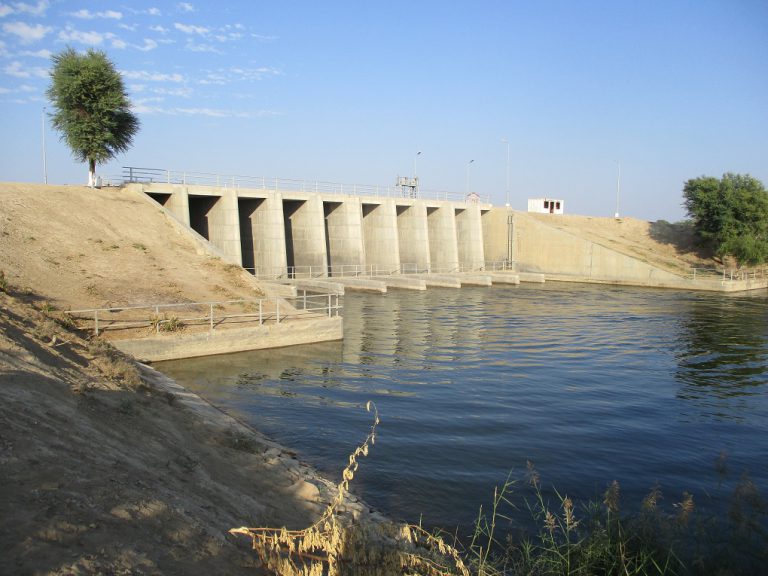
I told Variyam about my encounter with the dacoits. He thought for a minute. In a sad voice, he said to me that “the problem with my people is their impatience and foolishness in making enemies from outside.” He asked me not to report the incident to the Police or to the officials at Sanghar or Hyderabad. He reassured us that no one would harm us while we were in Makhi Dand. In the same evening, he organized a musical party for us and served delicious food. The songs focused on Hurs’ bravery, purity of Sufism, the pan-regional spread of the Hur brotherhood. Sometimes, the singer cried and waited for the audience to respond to his wailing.
I sat next to Variyam, and he told me how his father organized similar evenings and got a special cake from Bombay called ‘Bombay cake’ for such occasions. He vividly remembered the cake. It had a generous sprinkle of dried raisins on top of it and its crust was thick and hard. He said that he had not seen a Bombay cake for about 30 years. He asked me to get a Bombay cake for him. I asked a friend in Bombay to bring a Bombay cake for me when he visited his uncle in Karachi. After three months, my friend delivered a Bombay cake to my residence in Hyderabad.
The cake was large. It was nicely wrapped in a box. My friend told me that the cake would stay fresh for two weeks as a ‘dry’ cake. Purkahn, my driver, and I drove eight hours with the cake to Chotiari. Variyam was delighted to see me and the cake. We ate a small piece of the cake, and I saw tears in his eyes. He wanted me to come back to Chotiari so that he could tell me the whole story of the Hurs. I promised that I would visit him again, and left his house with a feeling of respect and gratitude.
____________________
Courtesy: The Island Online, Sri Lanka
[Sindh Courier has changed the title of article to make it more relevant]